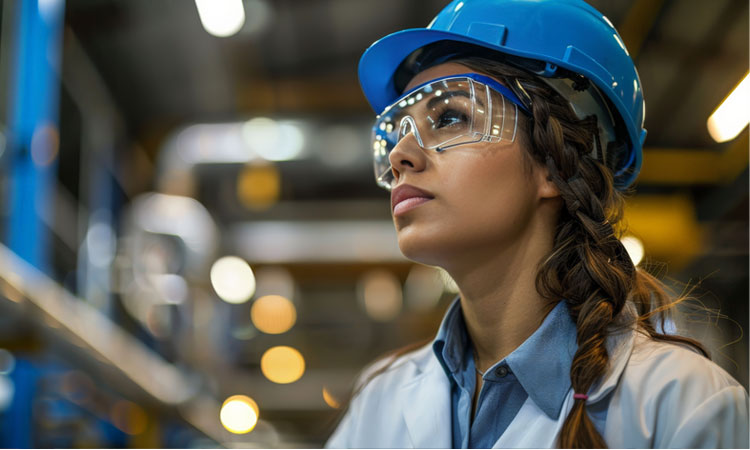The manufacturing industry, traditionally male-dominated, is witnessing a gradual yet significant shift as more women step into roles across production, engineering, and leadership. While challenges remain, initiatives promoting gender diversity, technology-driven transformations, and evolving workplace policies are creating new opportunities for women in manufacturing.
Breaking Barriers
Globally, women constitute about 30% of the manufacturing workforce, but their presence in technical and leadership roles is still limited. Countries like the United States, Germany, China, and India are actively working to close the gender gap through policies, upskilling programs, and workplace inclusivity efforts.
Key trends shaping the current landscape include:
- Skill Development Initiatives: Organizations such as Women in Manufacturing (WiM) in the U.S. and India’s National Skill Development Corporation (NSDC) are providing technical training, mentorship, and networking opportunities.
- Adoption of Automation and Digital Technologies: The rise of Industry 4.0 has redefined job roles, making them less physically demanding and more accessible to women. Technologies like robotics, AI, and IoT are opening doors for women in engineering, quality control, and data analytics.
- Diversity and Inclusion Programs: Leading companies, including Siemens, Tata Motors, and General Electric, are actively promoting women-centric hiring policies and leadership development programs.
- Rising Female Leadership: Women are making strides in executive roles. Leaders like Revathi Advaithi, CEO of Flex, and Barbara Humpton, CEO of Siemens USA, are inspiring more women to pursue careers in manufacturing.
Challenges Women Face in Manufacturing
Despite progress, several challenges persist:
- Gender Stereotypes: The perception of manufacturing as a physically demanding and male-oriented industry discourages many women from pursuing careers in this sector.
- Workplace Bias: Women often struggle with limited career growth opportunities, wage gaps, and lack of mentorship in manufacturing.
- Work-Life Balance: Irregular shifts and physically demanding tasks make it difficult for women to balance professional and personal responsibilities.
- Limited Representation in STEM Fields: The lower enrollment of women in STEM (Science, Technology, Engineering, and Mathematics) courses affects the availability of skilled female professionals in manufacturing.
The Road Ahead for Women in Manufacturing
The future of women in manufacturing is promising, driven by progressive workplace policies, skill-building initiatives, and technology adoption. Key trends shaping the future include:
- AI and Automation Empowering Women: With increased automation and digital transformation, roles requiring physical labor are decreasing, enabling more women to enter the workforce.
- Flexible Work Models: Companies are introducing remote work options, hybrid models, and better maternity leave policies, making the industry more attractive to women.
- Increased Focus on STEM Education: Governments and organizations are encouraging more women to pursue engineering and technical fields, leading to a stronger pipeline of female talent.
- Sustainability and Green Manufacturing: As industries move towards sustainable practices, new roles in renewable energy, waste management, and circular economy manufacturing will see more female participation.
While challenges remain, the increasing presence of women in manufacturing is shaping a more diverse and innovative industry. With continued efforts in skill development, workplace inclusivity, and technology integration, the future of women in manufacturing looks promising. Industries that embrace diversity will not only drive economic growth but also create a more equitable and competitive workforce.



